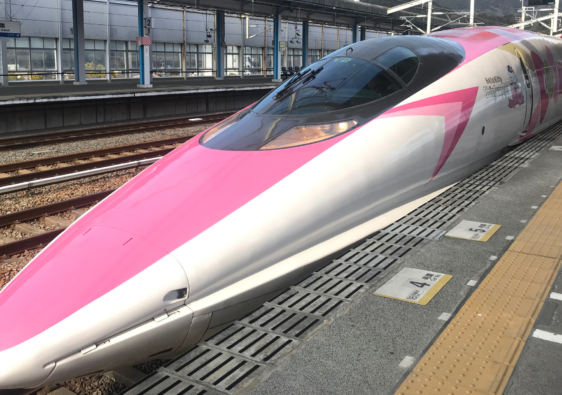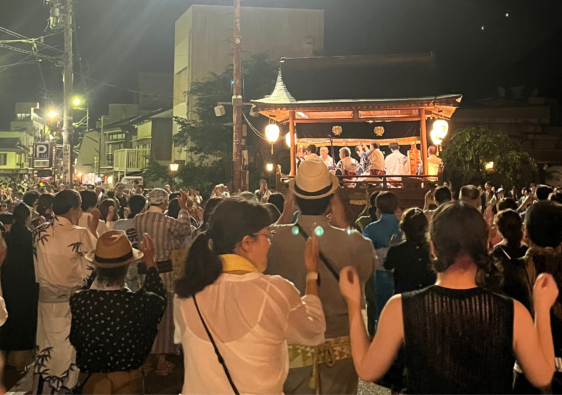Step back in time and discover the magic of Japan’s post towns, where the spirit of the Edo period(17th century) lives on in every street and structure! Across the countryside, these historical gems—along with castle and Temple towns—proudly preserve the architecture, traditions, and atmosphere of over 200 years ago, thanks to the dedication of local communities. Let’s take a journey through these living windows to Japan’s cultural past.
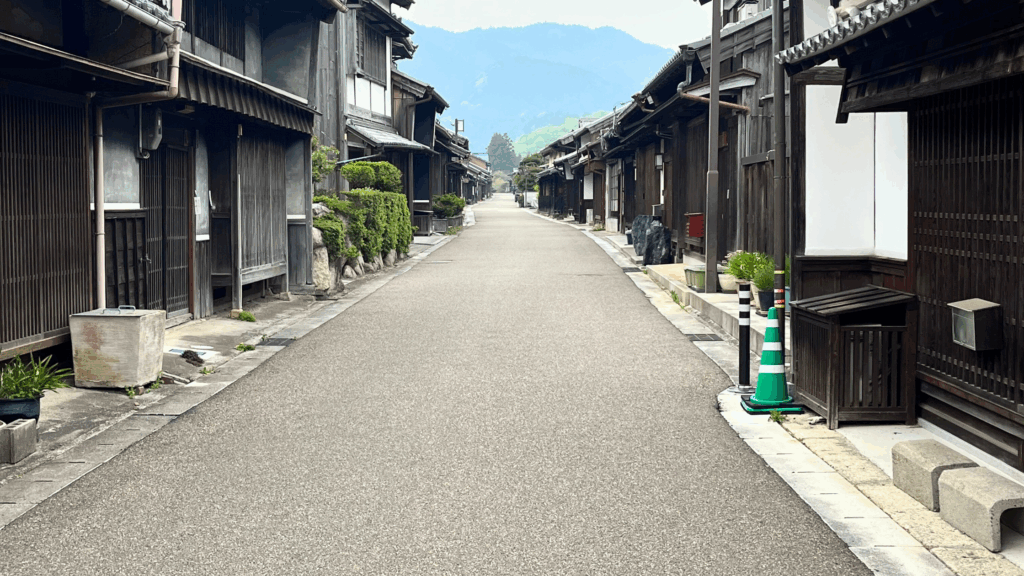
What Is a Post Town?
Dating back to the 8th century, post towns played a vital role in connecting Japan’s highways. By the Edo period (17th century), they flourished as essential rest stops for travelers along the famed Five Highways radiating from Tokyo’s Nihonbashi Bridge. Here, travelers found lodging, supplies, and fresh horses as they journeyed between cities. These towns were also lifelines for feudal lords and their retinues, who were required by law to travel to and from Edo on a yearly rotation.

Role of the town
Post towns flourished as hubs of logistics and hospitality. Travelers found themselves surrounded by efficient systems for luggage transfers, stables to accommodate their steeds, and teahouses offering much-needed rest. The structure of the city itself tells the story of their purpose:
Highlights of Post Town structure:
- Honjin: Lavish inns reserved for feudal lord and high-ranking officials, where elegance and exclusivity defined the stay.
- Wakihonjin: Overflow accommodation for officials and guests when Honjin was occupied.
- Hatago: Cozy spots for ordinary wanderers, promising hearty meals and warm beds.
- Teahouse: The perfect refuge for mountain travelers seeking rejuvenation before continuing their journey.

Though the highway’s role may have changed, and the traffic shifted to modern roads, these post towns now whisper tales of history, welcoming visitors who marvel at their timeless charm. Dive into their nostalgic atmosphere, explore their preserved structures, and savor their unique role in weaving the threads of Japan’s cultural fabric. Ready for your adventure?
Three Must-Visit Post Towns:
Ouchi-juku(Fukushima Prefecture)
Nestled in the serene countryside of Minami-Aizu in Fukushima Prefecture, Ōuchi-juku is a treasure that feels like stepping straight into a dreamy Edo-period postcard! This charming post town was once a lively stopover for travelers journeying the road connecting Aizuwakamatsu and Nikko. Today, its timeless beauty remains untouched—wander along quaint streets lined with traditional thatched-roof homes and shops that tell stories of centuries past.

Seasonal magic awaits here! Stroll under lush green canopies in summer, basking in the gentle sways of nature. Winter transforms the town into a snowy wonderland, with pure spring waters and vibrant palisade flowers adding bursts of color to the landscape. Don’t forget to catch the breathtaking panoramic view from the observation deck—it’s a perspective that will leave any adventurer in awe!
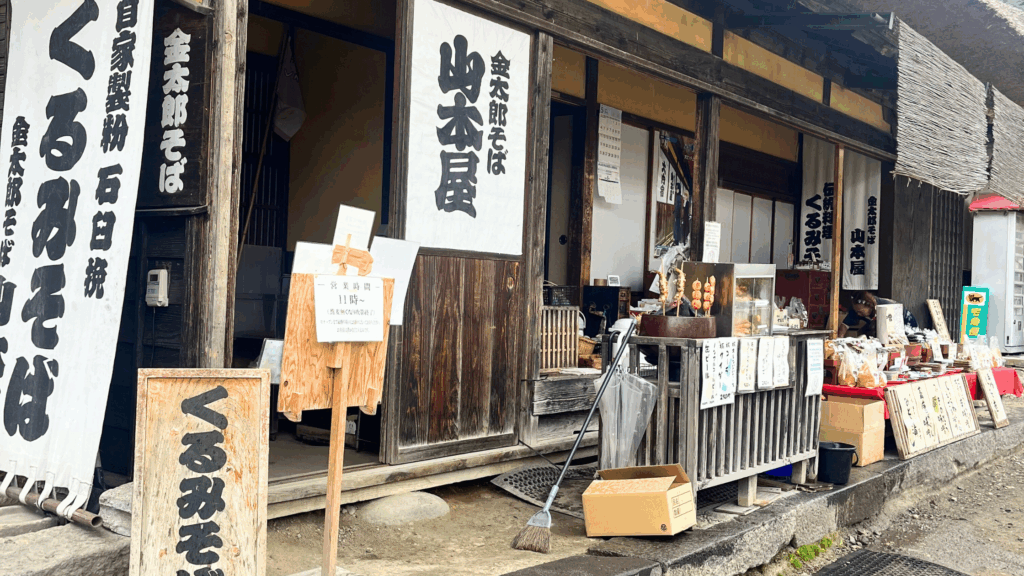
Beyond its visual charm, Ōuchi-juku invites you to savor authentic local flavors. Treat yourself to delicious specialties like onion soba noodles, walnut soba noodles, and delightful rice cake(mochi) dishes. Carefully maintained by its proud villagers, the town was designated a nationally important traditional building preservation district in 1981, ensuring that its beauty will enchant generations to come.
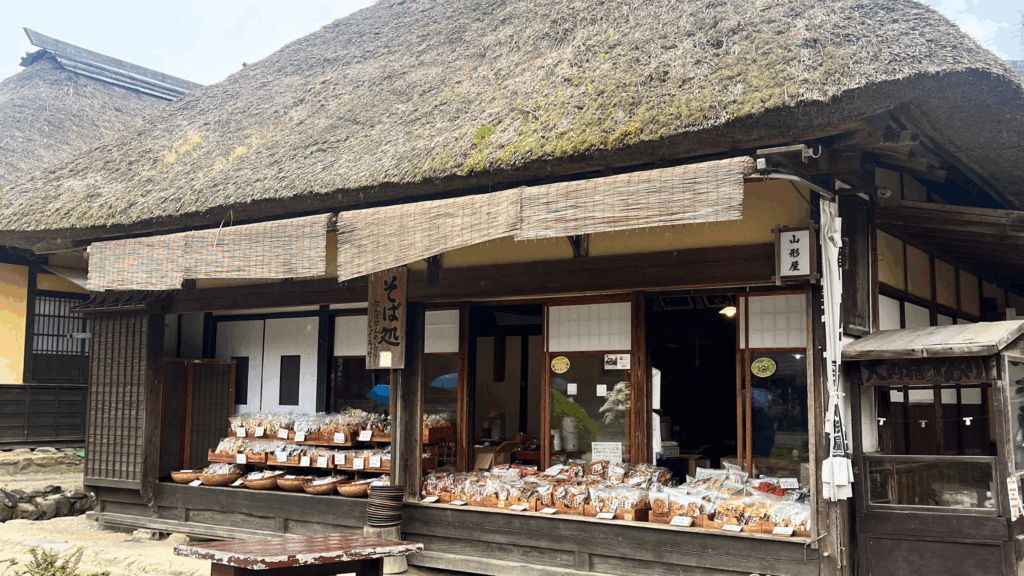
Sekijuku(Mie Prefecture)
Step into the timeless charm of Sekijuku, a beautifully preserved post town nestled in Seki City, Mie Prefecture! As the 47th stop along the historic Tokaido Highway(from Tokyo to Kyoto), Sekijuku invites travelers to wander its enchanting 1.8-kilometer stretch, where the Edo period comes alive through a stunning array of traditional merchant houses and inns.

Here, history meets creativity! Many of the old private buildings have been transformed into cozy cafés, while the streets buzz with vibrant local crafts and culinary delights. Whether you’re savoring unique flavors or admiring artisan handiwork, every corner tells a story of the town’s rich past.

Visit during the autumn Sekijuku Festival, when the town brims with energy, showcasing cultural traditions that captivate the hearts of all who attend. Ready to experience the essence of Edo-era hospitality and charm?
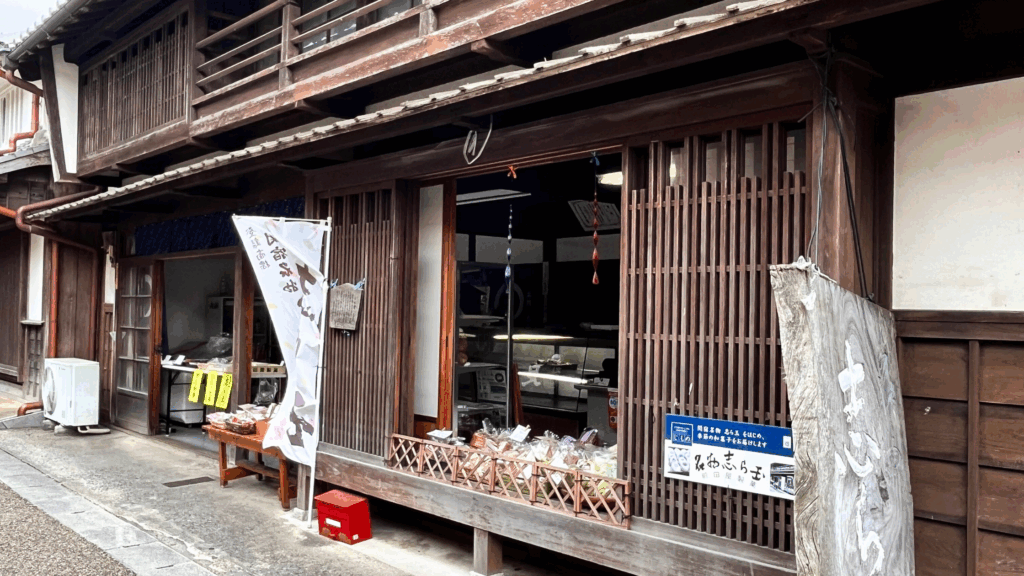
Tochigi-juku(Tochigi Prefecture)
Immerse a world where history and charm flow side by side—Tochigi, known as the “City of Warehouses”! This captivating post town, nestled along the historic Nikko Highway, transports visitors back to the bustling Edo period. Imagine strolling along rivers lined with iconic white-walled kurazukuri buildings, once the backbone of merchant trade in the region.
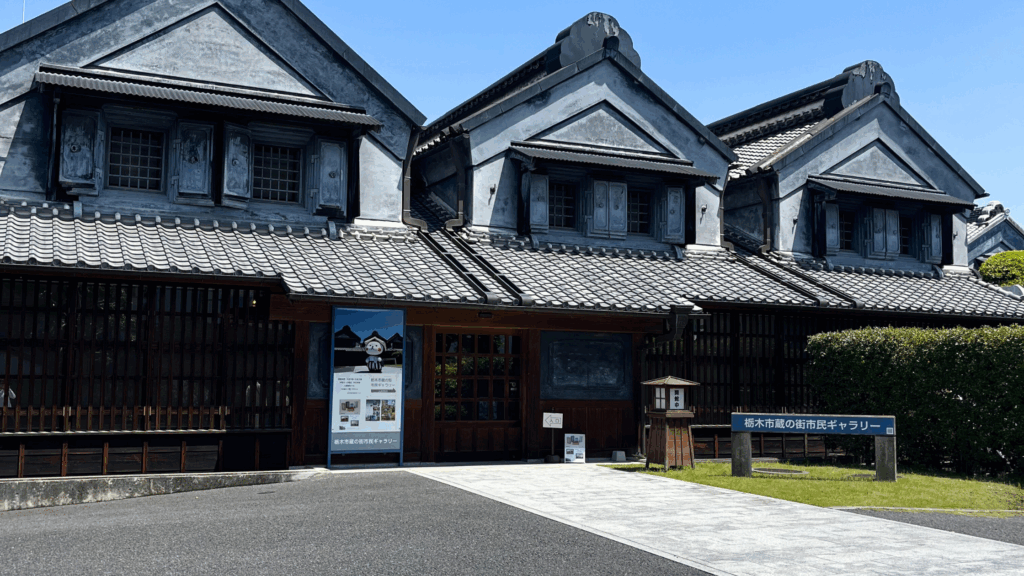
During the Edo period, this road served as a vital route for travelers from Kyoto heading to offer tributes at the majestic Nikko Toshogu Shrine, now a UNESCO World Heritage site. Its flourishing trade brought prosperity, and the architectural beauty of merchant homes still stands proudly today.

Come in May to witness a magical spectacle—vibrant carp streamers decorating the river for 1.5 kilometers, symbolizing hopes for children’s well-being. Add the joy of gliding under these colorful banners aboard a sightseeing boat for an unforgettable experience!
From its preserved historical charm to local flavors, Tochigi is ready to enchant every traveler. Will you step into this postcard-perfect scene?
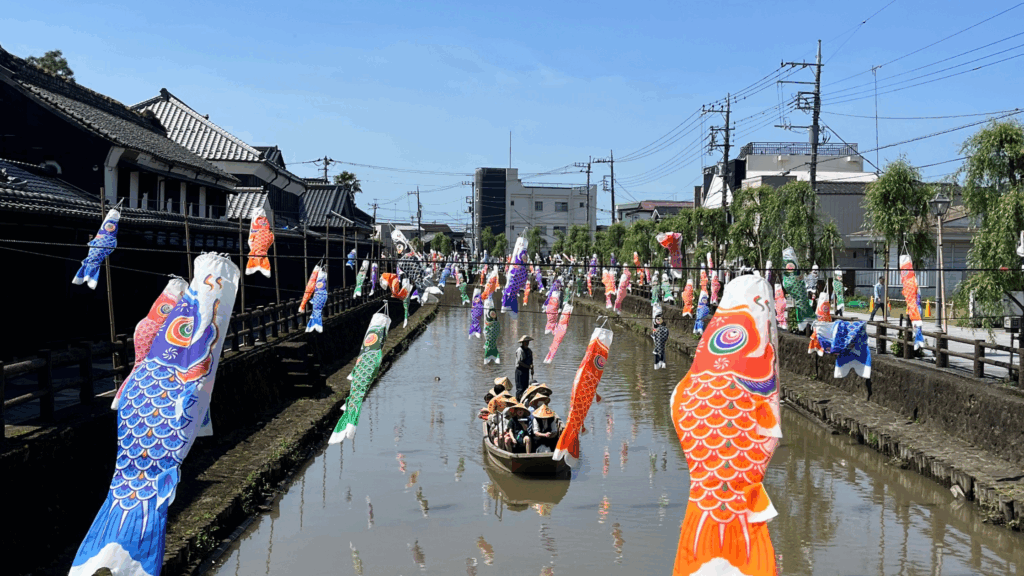
As you explore these enchanting post towns, you’ll find yourself immersed in the soul of Japan’s Edo era—where every corner holds a story and every path whispers secrets of the past. Let these timeless gems transport you to another world, where history comes alive, traditions thrive, and unforgettable memories await. Ready to embark on your journey into the heart of Japan’s cultural heritage?
Mahalo Nuiloa Local Guide will coordinate a private tour according to your request. Would you like to make a trip that suits you? Please contact us from here.


